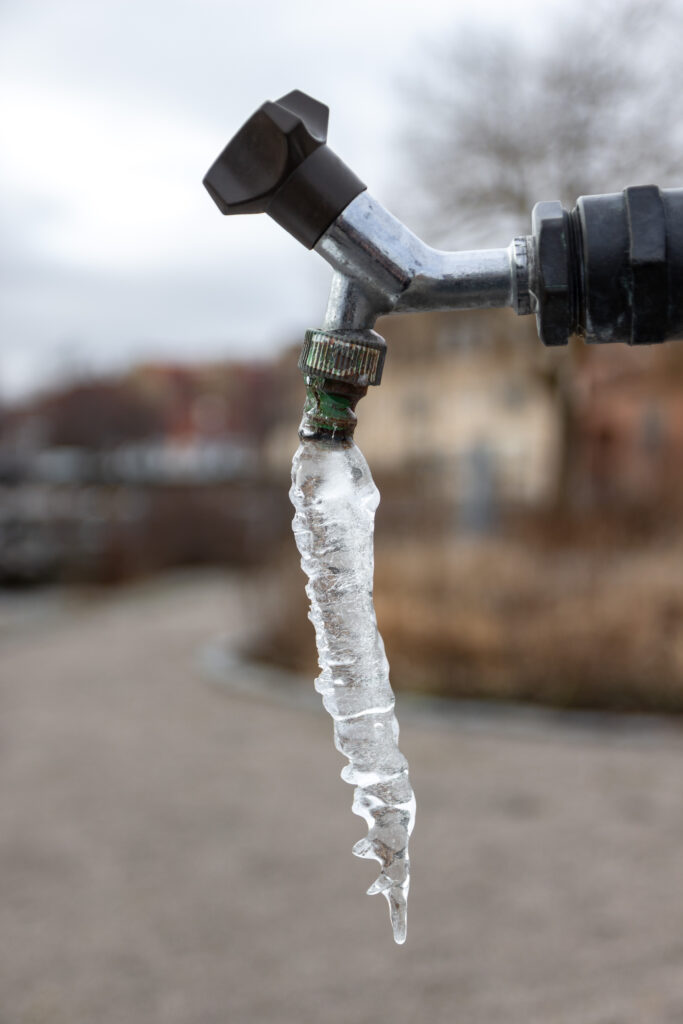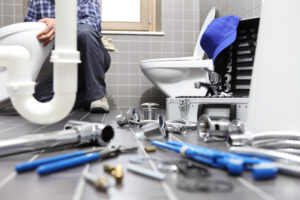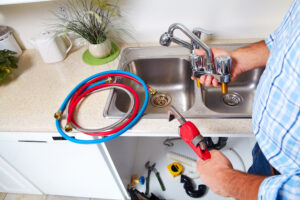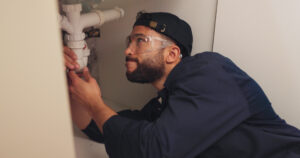Living in Colorado Springs means enjoying breathtaking mountain views, outdoor adventures, and those notorious temperature swings that can make your pipes wish they were vacationing in Miami.
When winter rolls around in the Pikes Peak region, your home’s plumbing faces challenges that would make even a polar bear think twice.
Let’s dive into how you can keep your pipes flowing when the mercury takes a nosedive.
Understanding the Local Challenge
The Colorado Springs Special
Our city sits at over 6,000 feet elevation, where temperatures can plummet faster than a skier on the Palmer Park slopes.
One day it’s a balmy 60 degrees, and the next, we’re dealing with sub-zero temperatures that make your pipes more vulnerable than a chocolate bar in a hot car (just the other direction).
Add in our famous wind chills that can sweep down from Pikes Peak, and you’ve got a recipe for potential plumbing disasters.
The Anatomy of a Freeze
Here’s what’s really happening when pipes freeze in our altitude: water expands about 9% when it turns to ice, creating pressure that can exceed 2,000 pounds per square inch.
That’s enough force to split a pipe like a banana peel, and at our elevation, it can happen even faster than at lower altitudes due to the thinner air and more extreme temperature swings.
The Prevention Playbook

Frozen Pipes Can Cause A Lot Of Damage
The Insulation Game
Think of pipe insulation like a cozy winter jacket for your plumbing. But not all insulation is created equal at our altitude. You’ll want to use thicker insulation than what’s recommended for lower elevations – at least 1-inch thick for interior pipes and 2-inches for pipes in unheated spaces. Those pipes in your crawl space? They need more protection than a teenager’s first smartphone.
The Strategic Heat Tape Solution
Heat tape isn’t actually tape at all (marketing people, am I right?). It’s an electrical heating element that wraps around pipes like a warm hug. In Colorado Springs, it’s particularly crucial for pipes running through unheated crawl spaces or along exterior walls facing our famous north winds. Just remember to check it annually – heat tape has a lifespan shorter than a Colorado spring.
Location-Specific Trouble Spots
The Notorious North Side
If your home has plumbing along north-facing walls, congratulations! You’ve got what local plumbers call “the danger zone.” These pipes are particularly vulnerable to our arctic blasts that seem to have a GPS lock on the north side of buildings. Consider relocating pipes during remodels, or at least give them extra insulation love.
The Sneaky Garden Level
Garden-level homes and basements in Colorado Springs face unique challenges. The combination of our clay soils, freezing temperatures, and potential shifting can create perfect conditions for pipe problems. Pay extra attention to any plumbing near foundation walls – they’re about as exposed as a tourist wearing shorts in December.
The Emergency Protocol
The Pre-Freeze Checklist
When the weather forecasters start using terms like “arctic blast” or “polar plunge” (which happens about as often as someone complains about the weather here), it’s time to act:
- Disconnect those garden hoses faster than you can say “frozen spigot”
- Open cabinet doors under sinks to let warm air circulate (just warn your cat about the new exploration territory)
- Keep garage doors closed if there’s plumbing in the walls
- Let faucets drip slower than a Colorado Springs traffic light changes
The Power Outage Plan
We all know how our winter storms can knock out power faster than a heavyweight boxer. Have a backup plan that doesn’t rely on electricity. This might include:
- Knowing where your main water shutoff is (not behind that box you haven’t moved since 2015)
- Having a non-electric heat source ready
- Storing some water just in case (but maybe not in that milk jug from last year)
The Professional Partner Approach
Finding Your Plumbing Pro
Don’t wait until your pipes are doing their best ice sculpture impression to find a reliable plumber. In Colorado Springs, you want someone who understands our unique challenges – like how the pressure changes at our altitude can affect plumbing systems, or why certain neighborhoods are more prone to freezing pipes than others.
The Annual Inspection Ritual
Think of it like your car’s winter checkup, but for your house. A good plumber can spot potential issues before they become emergencies. They’ll check things like:
- Pipe insulation quality (especially in those tricky spots near exterior walls)
- Heat tape functionality (because nothing lasts forever at 6,000+ feet)
- Potential problem areas unique to your home’s layout
Remember, preventing frozen pipes in Colorado Springs isn’t just about following generic advice – it’s about understanding how our unique climate, altitude, and temperature patterns affect your home’s plumbing. A little preparation now can save you from dealing with a home water feature you never wanted when temperatures drop.
Stay proactive, keep an eye on those weather forecasts (all five versions of them that can happen in one day), and give your pipes the attention they deserve. After all, they’re working harder than a tourist trying to climb the Manitou Incline on their first day in town.




